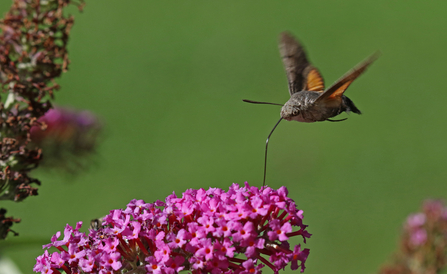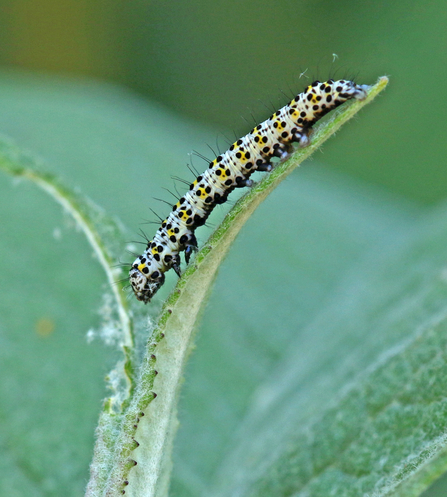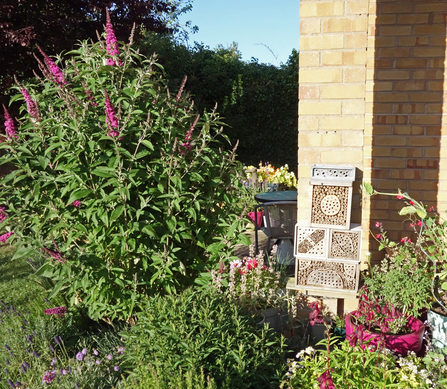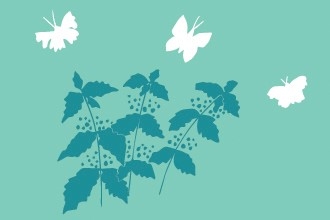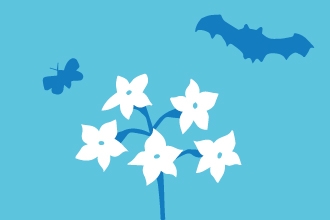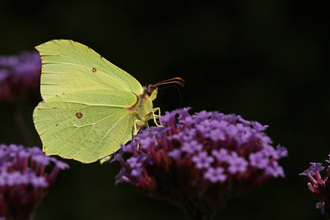With insect numbers in rapid decline (it's estimated that 41% of our insect species are at risk of extinction in the UK), it's vital that we all do what we can to help our six-legged friends that make our world what it is. From pollinators to recyclers, we need our insects. Whether you've got a garden, a patio, a window box or a community space, you're able to do a little something; take a look at our Action for Insects page to find out more.
If you've got the space, you might have a patch of native wildflower meadow full of poppies or cornflowers, ox-eye daisies or bugle. Perhaps you allow ground ivy to scramble through your flower beds or ivy to clamber a wall. That's great! Our insects have learned to live with our native flora for millennia but in a world where they need all the help they can get, insects will also thank us for a range of non-native plants that offer food and shelter for more months of the year. If you've planted lavender or rosemary, lungwort or dahlias, you'll know how popular these can be with insects even though they're not native plants.
In my small patch of garden at home, I've got all of these plants mixed in with scabiouses, alliums, sedums, and more besides. Some are native, some aren't. One that isn't is a dwarf buddleia and the insects absolutely adore it. Buddleia is a controversial plant amongst conservationists. This pioneering garden escape is amazing at establishing itself in cracks between bricks, on railway embankments, brownfield sites and elsewhere. Apart from the obvious damage this can do to buildings and the like, it also smothers out native vegetation. Brownfield sites, in particular, can be surprisingly rich in native flora, and the wildlife it supports, so you can see why conservationists might get annoyed with this garden escape. It's estimated that buddleia costs the British economy just short of £1 billion a year for removal and repair so it's with an air of caution that I extol its virtue here and add a clear reminder to gardeners to ensure that dead flowerheads are removed before they're allowed to release their seed (more of which later).


